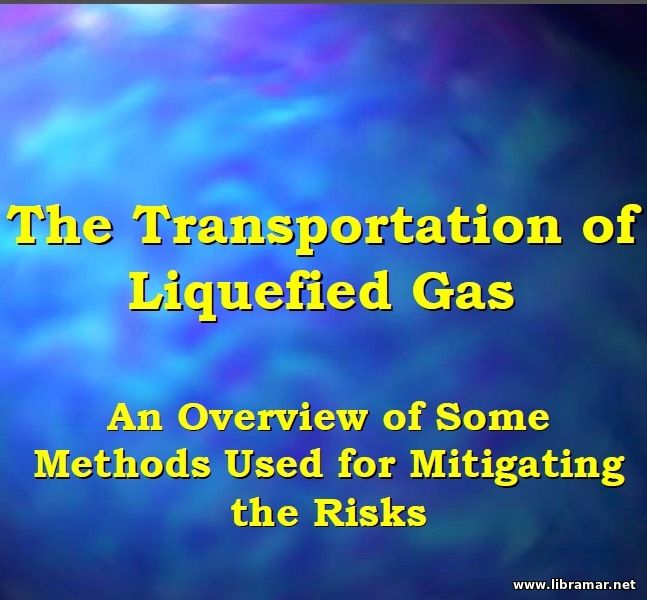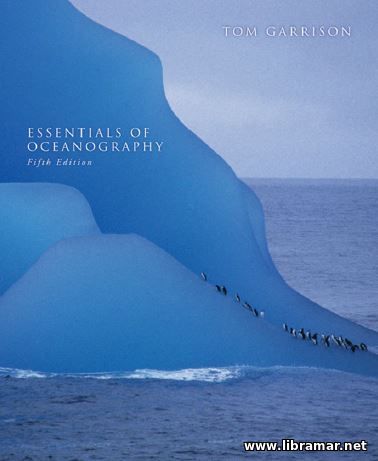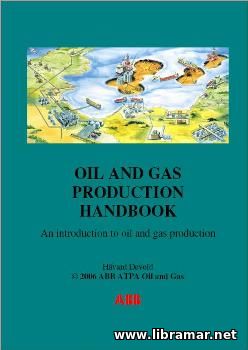THE TRANSPORTATION OF LIQUEFIED GAS — AN OVERVIEW OF SOME METHODS USED FOR MITIGATING THE RISKS

| Author(s) | Marc Hopkins, Ann Hayward Walker |
| Publisher | SIGTTO |
| Date | 2000 |
| Pages | 60 |
| Format | |
| Size | 3 Mb |
| D O W N L O A D | |
This presentation is dedicated to the transportation of liquefied gas. It contains an overview of some methods used for mitigating the risks and describes potential hazards of LNG and LPG, and summarizes various techniques to minimize their risks on the vessels, at terminals and jetties, combined operating practices and procedures, contingency planning. The presentation starts with some historical background.
The marine transportation of LPG started before the World War Two and was conducted in the pressurized containment and in relatively small quantities. Transportation of LNG started several years after that, in 1959. Today, there are more than thousand of gas carriers. The major hazard associated with the marine transportation of all liquefied gases is not their liquefied form but rather the vapor released. The heat is released, subsequently, that may ignite and cause fire.
With regard to the possible pollution of the marine environment, liquefied gases are neither toxic nor persistent so shall not be considered water pollutants; however, possible explosions was obviously cause lethal effects to various marine organisms - but in general the environmental hazard is less than the one of the crude oil spills...
The "Read Later" function allows you to add material to this block with just one click. Just click on the icon and read the articles that interest you at any convenient time.


